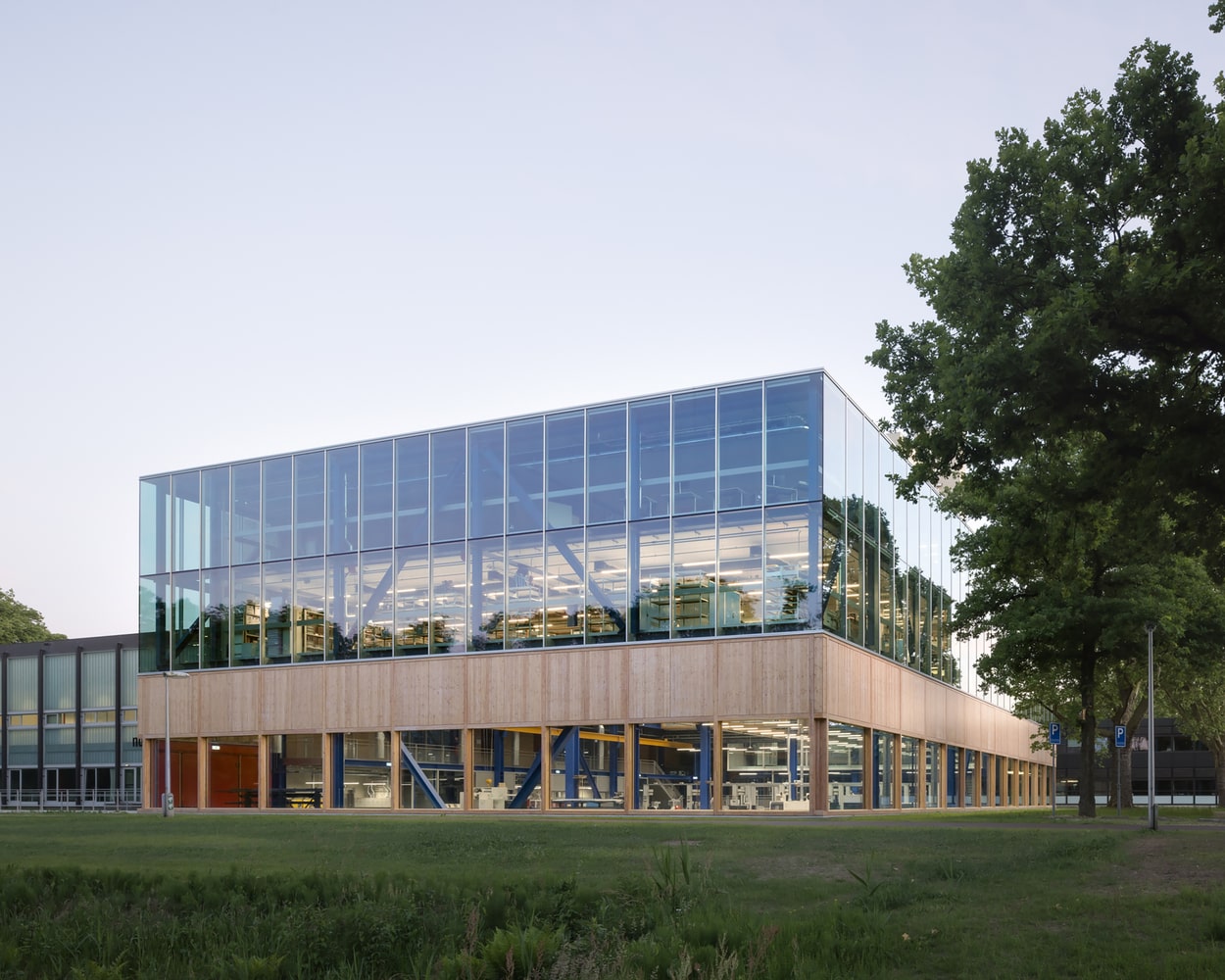- Home
- Articles
- Architectural Portfolio
- Architectral Presentation
- Inspirational Stories
- Architecture News
- Visualization
- BIM Industry
- Facade Design
- Parametric Design
- Career
- Landscape Architecture
- Construction
- Artificial Intelligence
- Sketching
- Design Softwares
- Diagrams
- Writing
- Architectural Tips
- Sustainability
- Courses
- Concept
- Technology
- History & Heritage
- Future of Architecture
- Guides & How-To
- Art & Culture
- Projects
- Interior Design
- Competitions
- Jobs
- Store
- Tools
- More
- Home
- Articles
- Architectural Portfolio
- Architectral Presentation
- Inspirational Stories
- Architecture News
- Visualization
- BIM Industry
- Facade Design
- Parametric Design
- Career
- Landscape Architecture
- Construction
- Artificial Intelligence
- Sketching
- Design Softwares
- Diagrams
- Writing
- Architectural Tips
- Sustainability
- Courses
- Concept
- Technology
- History & Heritage
- Future of Architecture
- Guides & How-To
- Art & Culture
- Projects
- Interior Design
- Competitions
- Jobs
- Store
- Tools
- More
Design for Education: How Schools Shape the Way We Learn
Design for education: how schools shape the way we learn discover how space, schedules, assessment, tech, and UDL choices drive engagement and deeper learning.

Walk into any school and you can feel it, the building, the bell schedule, the seating plan, all of it nudges our behavior. When we talk about design for education: how schools shape the way we learn, we’re not just debating paint colors or tech purchases. We’re deciding which habits, values, and outcomes we make easier (or harder) for students and teachers every single day. Here’s how those choices add up.
Table of Contents
ToggleThe Hidden Curriculum Of School Design
Space, Light, And Movement
Natural light helps alertness and mood: cramped rooms dampen collaboration. When we carve out flexible spaces, quiet nooks, presentation corners, makerspace tables, we teach students when to focus, when to talk, and how to share space. Circulation matters too. Wide corridors with whiteboards invite quick brainstorms between classes. Even where we place doors, windows, and storage signals expectations: visibility builds accountability: accessible materials spark initiative.

Timetables And Bells Shape Behavior
Schedules train attention. Forty-minute blocks reward quick coverage: 80–90 minute blocks reward depth, labs, and discussion. Bells that slice days into rigid chunks teach compliance: gentle transitions, advisory periods, and breathing room teach self-management. If we claim to value project-based learning but ring students into six fragmented periods, we’re sending mixed messages. Design for education, how schools shape the way we learn, starts with the clock as much as the classroom.
Classroom Layouts And Pedagogy Alignment
Rows are efficient for lectures, not for inquiry. When we move to zones, discussion circles, standing bars, maker tables, conferencing corners, we make collaboration feel normal. Mobile furniture lets us pivot from mini-lesson to workshop without drama. It’s not about trendy stools: it’s about reducing friction so our pedagogy shows up in the floor plan.
Acoustics, Visibility, And Attention
Sound and sightlines either support attention or shred it. Carpets, acoustic panels, and soft materials reduce cognitive load. Clear lines of sight help us scan for understanding and keep everyone included. Display height matters: anchor charts at eye level, dual displays for students with different sightlines, captions on videos. These small choices create big gains in access and focus.

Assessment Systems And What They Signal
If points are the currency, students chase points. If feedback is the currency, students chase growth. Rubrics that describe quality, quick cycles of actionable comments, and opportunities to revise send the message that learning is iterative. Weighted categories and averages can freeze a student’s trajectory: standards-based grading and decaying averages can reflect current performance without the baggage.

Alternatives: Portfolios And Performance Tasks
Portfolios, exhibitions, and performance tasks align with complex goals, analysis, creativity, collaboration. They let us see process, not just final answers. When we curate artifacts over time, drafts, reflections, peer feedback, we’re making the invisible visible. That’s design for education: how schools shape the way we learn by elevating evidence of thinking, not just scores.
Technology Integration By Design, Not Addition
Devices, Access, And Digital Citizenship
One-to-one devices don’t guarantee learning. We plan purposeful use: creation over consumption, accessibility features on by default, and norms for healthy tech habits. Charging stations, camera/mic quality, and reliable Wi‑Fi are part of the learning environment. We also teach digital citizenship, privacy, sourcing, AI ethics, so students can navigate, not just comply.

Blended Models, Workflow, And Data Use
Blended learning isn’t “put the lesson online.” It’s rethinking time: direct instruction in short bursts, practice with feedback, small-group coaching, and independent application. Clear workflow (LMS templates, consistent naming, visible deadlines) reduces confusion. We use data lightly but consistently, exit tickets, quiz trends, student self-assessments, to inform tomorrow’s plan, not to surveil.
Designing For Equity, Belonging, And Accessibility
Universal Design For Learning In Practice
UDL says plan for variability from the start. We provide multiple ways to engage (choice of topics), represent content (text, audio, visuals), and express learning (essay, podcast, model). Caption every video, add alt text to images, and offer flexible timing. When we build ramps into the lesson instead of adding side doors later, more students walk through the front.

Culturally Responsive Spaces And Routines
Walls talk. When student work in multiple languages is up, when classroom libraries reflect many identities, students see themselves as scholars. Routines, pronouncing names correctly, using discussion norms that share airtime, honoring community funds of knowledge, turn culture into an asset. Equity isn’t only resources: it’s daily design decisions that widen belonging.
Community, Policy, And The Ecosystem Around Schools
Great schools feel porous. We invite families as partners, student-led conferences, community mentors, local case studies in projects. Place-based learning draws on neighborhood history, waterways, and industries. When our units answer real local questions, relevance skyrockets and students see themselves as problem-solvers, not just test-takers.

Safety, Well-Being, And Student Voice
Psychological safety fuels academic risk-taking. Clear behavior expectations, restorative practices, and accessible mental-health supports create stability. And we ask students for input, on schedules, furniture, even hallway traffic patterns. When students co-design, they own the norms, and the culture sticks.
Conclusion
If we want deeper learning, we can’t hope for it and then design for something else. Space, time, assessment, technology, and community signals all stack. The good news: small, intentional shifts, fewer bells, better acoustics, blended routines, portfolios, UDL moves, compound fast. When we commit to design for education: how schools shape the way we learn, we build schools that quietly coach the habits and mindsets we say we value. And students notice. They always do.
- 21st-century classroom design
- classroom design ideas
- design principles for schools
- design trends in education
- designing for educational success
- designing schools for learning
- education space planning
- educational design
- Educational facility design
- effective learning spaces
- future of educational design
- impact of school design on learning
- innovative classroom design
- learning environment design
- modern school design
- school architecture
- school building design
- school design strategies
- school interior design
- sustainable school design
Submit your architectural projects
Follow these steps for submission your project. Submission FormLatest Posts
Louis-Saint-Laurent School by STGM Architectes & Ateliers Architecture
The Louis-Saint-Laurent School expansion by STGM Architectes enhances learning through fluid circulation,...
CUBE Workshop Building by Civic Architects
The CUBE Workshop Building at the University of Twente merges engineering, education,...
A School at the Heart of the Landscape: École Hélène Carrère d’Encausse
A new school complex in Marly unites two schools through architecture that...
iXcampus Design School by Same Architectes: A Dialogue Between Innovation and Heritage
Designed by Same Architectes, the iXcampus Design School in Saint-Germain-en-Laye redefines sustainable...












Leave a comment